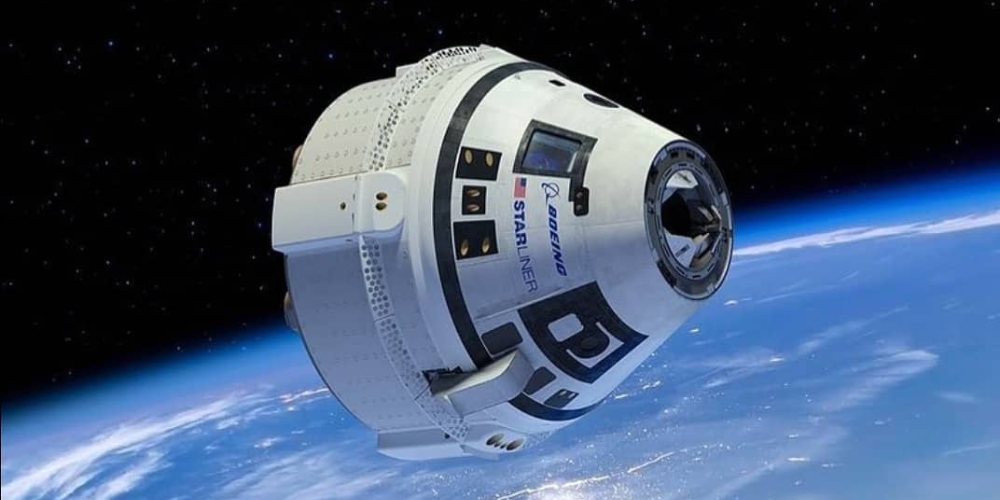
NASA Brings Starliner Spacecraft Back to Earth Without Crew

In a significant development for the space industry, NASA has announced its decision to bring Boeing’s Starliner spacecraft back to Earth without any astronauts on board. This unexpected turn of events comes as part of NASA’s ongoing efforts to ensure the highest levels of safety in its space missions.
The Starliner’s Journey
The Starliner, Boeing’s contribution to NASA’s Commercial Crew Program, has been a subject of intense scrutiny and testing since its launch. Initially designed to transport astronauts to and from the International Space Station (ISS), the spacecraft has faced several challenges along its developmental path.
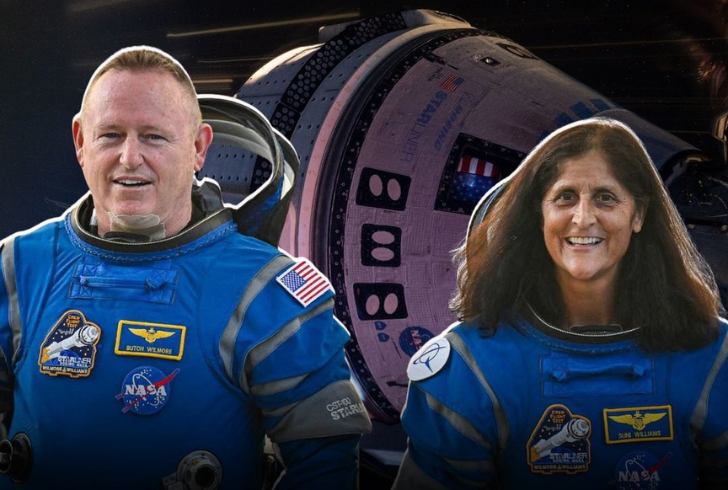
Instagram | trolls_official | Butch Wilmore and Sunita Williams will remain on the ISS until February 2025 with Expedition 71/72.
Unexpected Issues and Safety Concerns
During its approach to the ISS on June 6, the Starliner encountered helium leaks and problems with its reaction control thrusters. These issues prompted NASA and Boeing to conduct extensive reviews and analyses to ensure the spacecraft’s safety and reliability.
- Engineering teams collected and reviewed vast amounts of data
- Flight and ground testing were carried out
- Independent reviews with agency propulsion experts were conducted
- Various return contingency plans were developed
Despite these efforts, the level of uncertainty surrounding the Starliner’s performance did not meet NASA’s stringent safety and performance requirements for human spaceflight.
A Tough but Necessary Decision
NASA Administrator Bill Nelson emphasized the agency’s commitment to safety in explaining the decision:
“Space exploration carries inherent risks, even at its most routine. Test flights, by their very nature, are neither safe nor routine. The choice to keep our astronauts aboard the ISS and return the Starliner uncrewed reflects our unwavering dedication to safety – the cornerstone of our mission and our guiding principle.”
Extended Stay on the ISS
Astronauts Butch Wilmore and Suni Williams, who were originally slated to return aboard the Starliner, will now extend their stay on the ISS. They’ll continue their work as part of the Expedition 71/72 crew through February 2025, contributing to various research projects and maintenance tasks.
New Return Plans
- Wilmore and Williams will return on a SpaceX Dragon spacecraft
- They’ll be part of the Crew-9 mission, along with two other crew members
- The Starliner is expected to depart from the ISS and make an autonomous re-entry in early September
Learning from the Starliner’s Performance
While the uncrewed return wasn’t part of the original plan, NASA sees it as an opportunity to gather valuable data. Steve Stich, manager of NASA’s Commercial Crew Program, noted:
“The Starliner has demonstrated its capabilities, but we need a higher degree of certainty for a crewed return. This flight test is providing crucial information about the spacecraft’s performance in space, which will greatly benefit future improvements.”
SpaceX Crew-9 and Future Missions
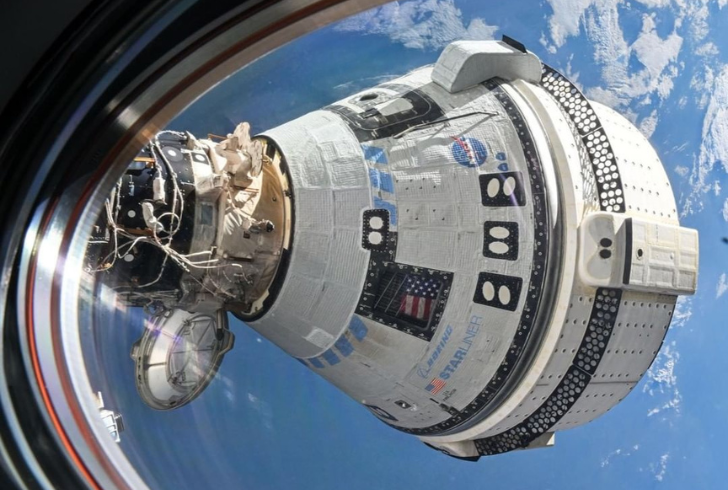
Instagram | davidkerleydc | Starliner’s safe return is essential for the upcoming Crew-9 mission.
With the change in plans for the Starliner, NASA has adjusted its schedule for upcoming missions:
1. SpaceX Crew-9 mission launch date – No earlier than September 24
2. NASA and SpaceX are working on:
- Reconfiguring seats on the Crew-9 Dragon
- Adjusting the manifest to accommodate additional cargo and equipment
- Utilizing new facilities at Space Launch Complex-40 for increased operational flexibility
Advancing Space Exploration
The Starliner’s journey, despite its challenges, is part of a larger effort to expand human presence in space. NASA’s Commercial Crew Program aims to foster a robust low Earth orbit economy while the agency focuses on its Artemis campaign to return humans to the Moon and prepare for future Mars exploration.
As we continue to push the boundaries of space exploration, the lessons learned from missions like the Starliner’s will prove invaluable in ensuring safe and reliable human spaceflight for generations to come.
More in News
-
`
Clare Cavanagh’s Top 10 Funniest Moments on the Internet
When it comes to online humor, Clare Cavanagh is someone who knows her way around a good laugh. As a comedian...
August 29, 2024 -
`
House and Senate Unite to Boost Maternal Health Options Across Massachusetts
The Massachusetts Legislature is taking significant steps to improve maternal health care across the state, with both the House and Senate...
August 24, 2024 -
`
How to Fix a Broken Tooth? Essential Procedures and Care
Breaking or chipping a tooth can be alarming, but it’s often manageable with prompt dental care. If a tooth is chipped,...
August 9, 2024 -
`
Enjoy a Day of Fun at the Shark Petting Zoo in Florida
A visit to the shark petting zoo in Florida is an experience that combines excitement, education, and unforgettable memories. This unique...
August 1, 2024 -
`
Is Melania Divorcing Trump if He Secures a Second Term?
As Donald Trump campaigns for a potential second term, Melania Trump’s conspicuous absence from his side has sparked speculation. With Trump’s...
July 25, 2024 -
`
The Complete Relationship Timeline of Sam Rockwell and Leslie Ribb
When it comes to Hollywood couples, few are as enduring and beloved as Sam Rockwell and Leslie Bibb. Their relationship, which...
July 15, 2024 -
`
5 Handy Ways of Getting Blood Out of Sheets
Waking up to a blood stain on your bedding is an unpleasant surprise. Figuring out how to get blood out of...
July 10, 2024 -
`
Will Ferrell’s Funniest Moments – The Best Quotes and Scenes
Will Ferrell, known for his outrageous humor and unforgettable characters, has delivered countless lines that have become ingrained in popular culture....
July 6, 2024 -
`
Mexico’s Top Detective Apologizes for “Inadequate” Fentanyl Comments
In April 2024, Felipe de Jesus Gallo, Mexico’s top detective, made a statement that stirred up controversy. During a U.S.-Mexico conference...
June 26, 2024



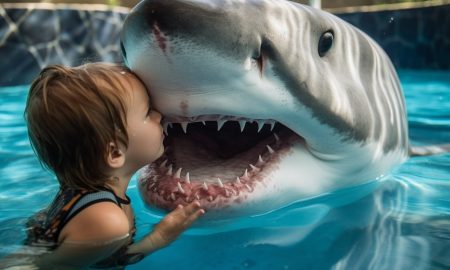



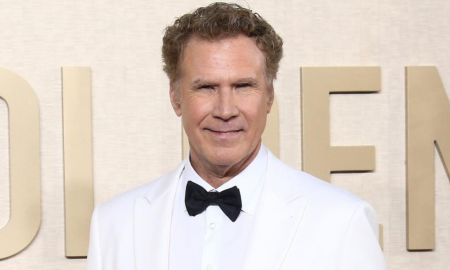

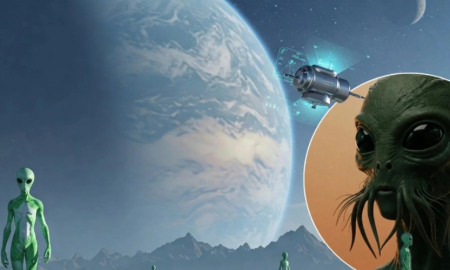




You must be logged in to post a comment Login